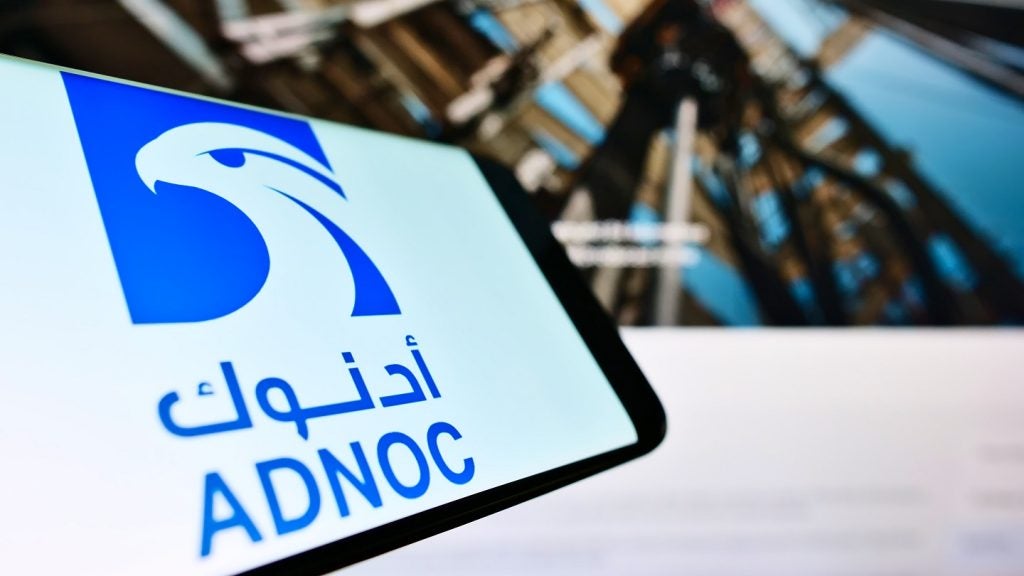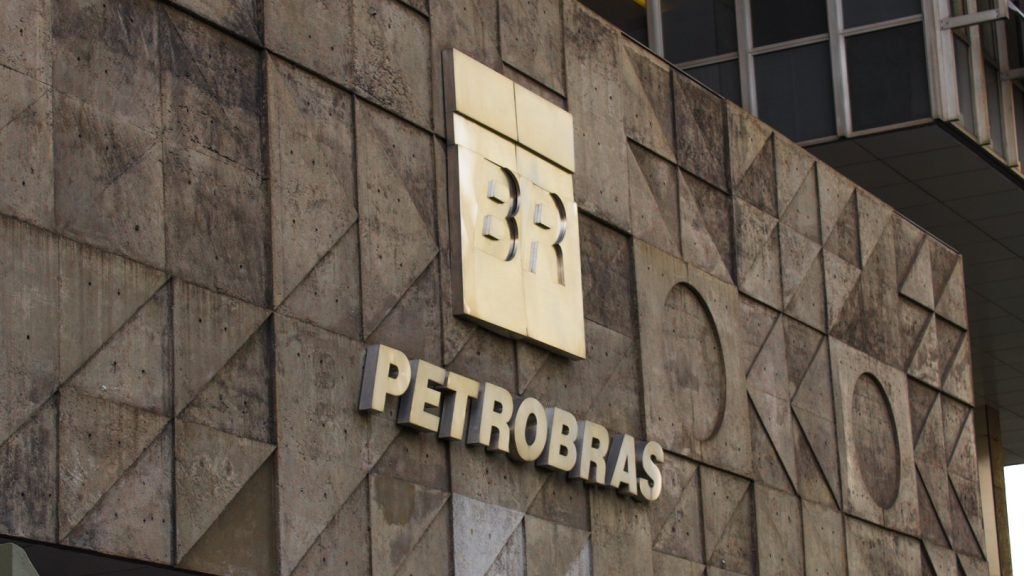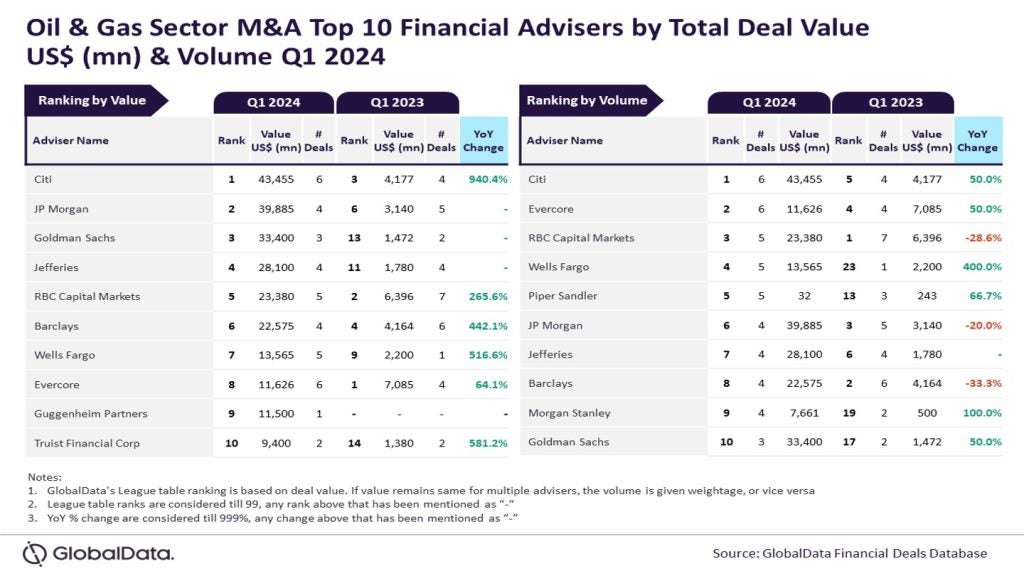GlobalData’s latest thematic report, ‘Digital Twins in Oil & Gas,’ provides a comprehensive review of the expanding role of digital twins across industrial applications, with a special focus on the oil and gas industry.
Digital twins are digital representations of physical assets, systems or processes. They help to detect, prevent, predict and optimise the physical environment through the use of artificial intelligence (AI), real-time analytics, visualisation and simulation tools. It has taken nearly 20 years for digital twins to mature and though they have grown up quickly in recent years, there is a lot more growing to do.
The oil and gas industry is presently going through an unprecedented downturn from the Covid-19 pandemic. Worldwide lockdowns have significantly impacted global energy demand while also causing project delays due to supply chain disruptions. The downturn has aggravated the need for improving the overall asset visibility to identify areas for cost reduction. Digital twins would be key to achieving this objective and ensuring sustainable operations in the long run.
How well do you really know your competitors?
Access the most comprehensive Company Profiles on the market, powered by GlobalData. Save hours of research. Gain competitive edge.

Thank you!
Your download email will arrive shortly
Not ready to buy yet? Download a free sample
We are confident about the unique quality of our Company Profiles. However, we want you to make the most beneficial decision for your business, so we offer a free sample that you can download by submitting the below form
By GlobalDataThe oil and gas industry, which is traditionally a laggard in the adoption of connected technologies, is increasingly deploying digital twins to improve decision-making. Companies have started to build models that would provide answers to ‘what-if’ or ‘what-will’ questions. By replicating an asset or a portion of it in the virtual world, companies can run simulation tests on real-world problems and visualise the results in 3D. It is helping the project engineers to improve their understanding of the asset, thereby enabling them to optimise its performance as per the market requirements. Thus, digital twins are gradually becoming integral to oil and gas operations.

Newer oil and gas projects such as Equinor’s Johan Sverdrup or BP’s Clair Ridge are emerging as benchmarks in digital twin adoption. Companies like Shell, Chevron and Petrobras are launching initiatives to deploy digital twin across their global portfolio. With crucial support from oilfield technology and service companies, digital twins are likely to become a mainstay for oil and gas operations in the coming years.







